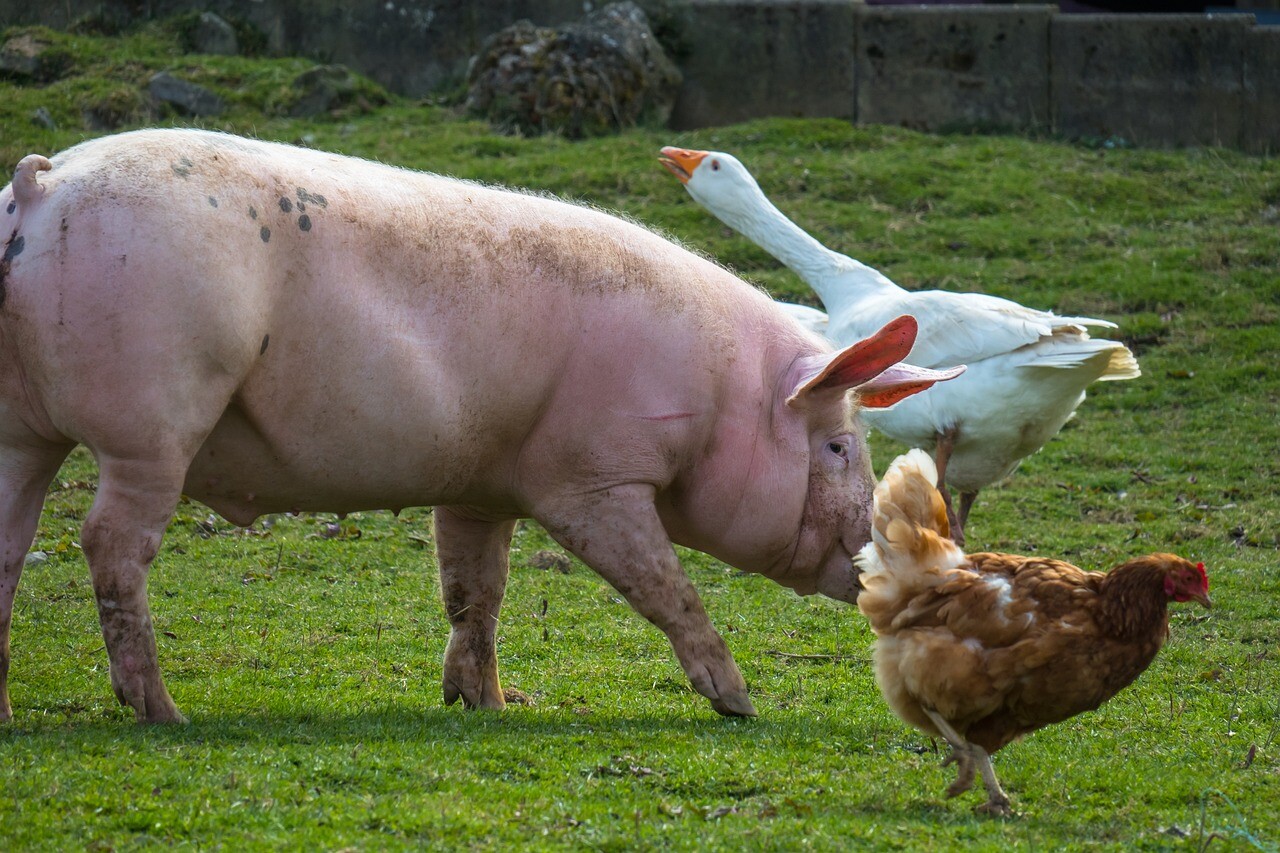7 Weird Protein Choices of the Past

What you consider to be your go-to meats can obviously change from culture to culture. Just look at the fact that beef is a staple here in the U.S. while practically verboten to entire Eastern religions. At the same time, the idea of eating a horse requires near-starvation in the States, while it’s not nearly so strange in other countries. It’s all a complicated spiderweb of societal taboos circling most people’s basic desire for good old-fashioned, blood-and-potatoes protein. Going back in history, however, there were some sources of meat that would be frowned upon pretty much anywhere nowadays, whether from rarity or taste.
Here are seven of the weirdest historical picks for protein.
Flamingo

Flamingos are immortalized forever in lawn ornaments that will probably be dug out post-nuclear-winter. But these days, the way you’re most likely to put any flamingo-related food to your lips is via a novelty straw at a tiki bar. Thinking of them as a source of poultry isn’t a common culinary path to go down. First of all, it’s illegal to hunt them in many places, but second, because they’re such a dainty, pretty bird, they violate the weird line we’ve drawn in our carnivorous heads about what animals are for eating. The ancient Romans had no such laws or reservations, however, and flamingo meat was eaten regularly. The tongue, in particular, was considered a delicacy. God, I’m glad we moved on to Ben & Jerry’s.
Heron
Here, again, the heron feels like a bird that’s above becoming dinner. Killing one for Sunday supper feels like the sort of thing that brings spiritual retribution. Biting into a heron drumstick sounds like a way to earn a curse posthaste, something very much not worth the calories. In historical Britain, however, they didn’t see them as much more than chicken on stilts, and considered them jolly good eats. I understand they may have been far more plentiful back then, but still, there had to be easier birds to make a meal out of.
Iguana Eggs

Crossing the ocean from Europe to the Aztec civilization, just like the men they sent to destroy it, we find another strange protein source: iguana eggs. I regret to inform you there is no figurative language here, no translation error, simply the gross, leathery eggs laid by the iguana. The green iguana itself was also commonly eaten, but I don’t think that’s nearly as far of a modern mental leap, given that you can still get iguana meat in a surprising number of places. It doesn’t feel that far from snake or alligator meat — probably not in stock at Costco, but something you could track down without having to get on the dark web. You can indeed still find the eggs for sale as well, but it’s a trade that’s much more tightly controlled, if not straight-up illegal.
Dormice
Another highly unpleasant poppable snack from the past: dormice. Adorable little creatures that, even if you’ve never seen one before, you will be vehemently against eating after a simple Google image search. The Romans, again, are the culinary culprits here, and not only did they eat them in great numbers, they put them through specific and cruel preparation methods. The dormice that were destined for dinner tables were fed chestnuts and other favored foods while trapped in a jar that kept their movement to a minimum, what to assist with fattening. Sort of like a tiny model of modern factory farming. Once they were in their plump little primes, they were often stuffed and cooked whole.
Black Soup
“Spartan” is often used as an adjective for something made with minimal fuss. This definitely applies to one of the Spartans’ historical recipes, that for black soup, or melas zomos. In terms of the actual animals included, there’s nothing that would raise a modern eyebrow, ingredients all coming from the humble pig. It’s the specific bits they used, and how little they dressed them up, that makes it something we’re unlikely to see make a comeback. Black soup isn’t so much a soup as a bowl of hot pig blood with vinegar. Sure, there’s a couple chunks of meat in there as well, but they probably do more to beg the question why they couldn’t be in literally anything else to help the flavor.
Witchetty Grubs
Okay, admittedly, the preferred, protein-packed, pudgy mouthfuls of meat eaten in Aboriginal culture known as Witchetty grubs are still being eaten today. Even weirder, they’ve had a brief, if not that successful, moment in the spotlight as a weird high-protein option. Lookswise, they are what I’d still generously describe as “unideal” when it comes to appetite. They’re a grub, after all, and there’s not much confusing that. Think of the animated diet of Timon and Pumba in The Lion King, but more monochromatic and visibly squishy and you’re getting pretty close. The grub itself is the larva of a moth, which, even though any you consume will never reach that form, still feels spiritually like part of the experience, in a bad way.
Cockentrice

Cockentrice is made out of everyday, staple American meats. It’s the preparation and presentation that makes it stomach-turning at best and worthy of a search warrant on your basement at worst. The “cockentrice” was created by sewing the front half of a suckling pig to the nether half of a bird like a chicken or turkey, and it looks exactly like the Silent Hill-ready monstrosity you'd expect. I guess those weird old people thought this was cool? Funny? It’s not entirely clear, but it really makes you appreciate that we have board games now for when dinner parties get boring.